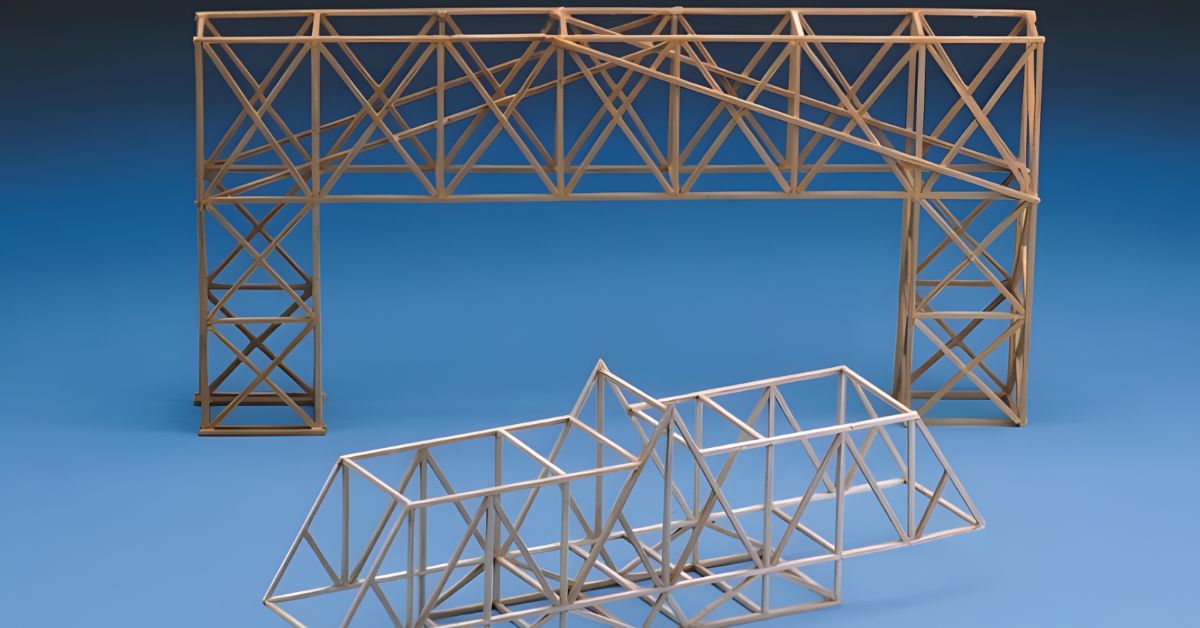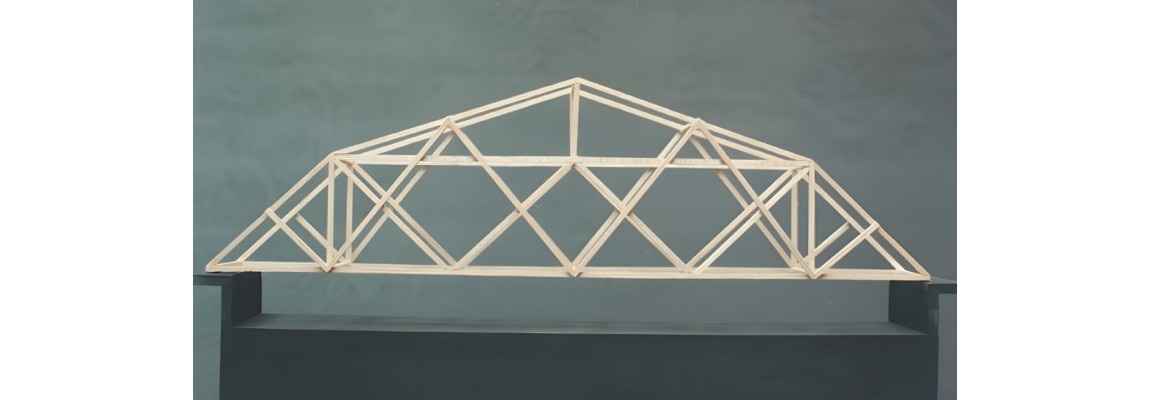Structural engineering captivates students with the combination of science, creativity, and real-world application. When you introduce this field to your students in the classroom or at a camp, the door of knowledge is wide open. Students can begin to understand how bridges span across vast rivers, the construction of skyscrapers, and the methods engineers use to solve problems that affect the world.
With this blog, you’ll learn strategies to teach students about structural engineering. By following our advice, you can transform abstract physics and math lessons into tangible, exciting challenges. Get ready to help students develop critical thinking skills, learn to work as teams, and gain confidence in their problem-solving abilities.
Teach the Fundamentals
You’ll want to start by introducing the core concepts that form the foundation of structural engineering. Begin with forces—compression, tension, and shear—using simple demonstrations. Have students push down on a sponge to demonstrate compression, pull on a rubber band to show tension, and use scissors on paper to illustrate shear forces.
Material properties are another essential building block. Explore different materials by having students test various items, such as pasta, cardboard, and wooden sticks. Let them discover which materials bend easily, which ones break under pressure, and which ones support the most weight. With a hands-on approach, you can help your students understand why engineers choose specific materials for different applications.
Load distribution becomes clearer when you demonstrate how structures spread weight across their components. Use books and rulers to demonstrate how adding support points alters the distribution of weight through a structure. Students quickly grasp why engineers design multiple support beams rather than relying on a single column.
Make Complex Concepts Accessible
Simplify structural engineering principles by connecting them to familiar experiences. For example, when explaining tension, reference the cables on a suspension bridge or the strings on a guitar. For compression, point to the columns supporting their school building or the legs of their chairs.
Visual Aids and Analogies
Visual aids and analogies work exceptionally well for any age group. Compare structural loads to backpacks; just as students distribute weight in their backpacks to make carrying easier, engineers distribute loads throughout structures to make them more manageable. Use everyday objects like straws, toothpicks, and clay to demonstrate how different shapes and connections affect structural strength.
Interactive Demonstrations
To reinforce key concepts, use interactive demonstrations to engage the students. Have them form human chains to show how forces transfer through connected elements. Create simple lever systems using rulers and pencils to explore how engineers use mechanical advantage in their designs.

Hands-On Learning Through Bridge Building Kits
Bridge-building kits are an excellent way to integrate theoretical knowledge with practical application. These kits provide students with precut materials, clear instructions, and measurable challenges that bring structural engineering principles to life.
Truss Bridge Kits
Truss bridge kits are great for beginners because they introduce students to triangular support systems and load distribution. As students assemble these bridges, they’ll discover why triangles create such stable structures and how engineers use this knowledge in real-world applications. The kits typically include wooden or plastic pieces that snap or glue together, making the construction process manageable for various skill levels.
Suspension Bridge Kits
Suspension bridge kits introduce students to tension forces and cable systems, providing a hands-on experience. These projects help students understand how engineers balance competing forces and why suspension bridges can span enormous distances. By using these kits, students will learn to adjust cable tension and discover how small changes affect the entire structure’s stability.
Bridge-Testing Competitions
You can enhance the learning experience with a little friendly competition! After students construct their bridges, they should test every structure’s load-bearing capacity using standardized weights. This process teaches students about safety factors, structural limits, and the importance of thorough testing in engineering design.
Documentation
Encourage students to record their design decisions, predict the performance of their bridge, and analyze the results after testing. This practice mirrors real engineering processes and helps students develop scientific thinking skills.
Use Engaging Activities and Projects
Learning about engineering doesn’t have to be boring! Try out some of these fun and educational activities.
Paper Towel Challenges
Provide your students with limited materials, including a newspaper, tape, and a pair of scissors. Then, challenge them to build the tallest free-standing tower. This activity teaches resource management, structural stability, and iterative design processes.
Earthquake Simulation Challenges
This exciting project helps students understand how engineers design structures to withstand earthquakes and other natural disasters. You can create simple shake tables using cardboard boxes and rubber bands, then challenge students to build structures that survive the earthquake test. The activity connects engineering to real-world safety concerns and environmental challenges.
Catapult Construction Projects
Combine structural engineering with mechanical engineering principles by constructing a catapult! Students will learn about lever systems, energy transfer, and structural stability while building devices that launch projectiles. These projects typically generate high enthusiasm and teach multiple engineering concepts simultaneously.
Weight-Bearing Challenges
Push students to optimize their designs for specific performance criteria. Distribute identical materials to all teams and challenge them to design and build structures that can support the maximum load. Students learn about design trade-offs, material efficiency, and the importance of testing and iteration.

Assessment and Evaluation Strategies
Assess each student’s understanding of engineering concepts through formative and summative approaches. During construction activities, observe how students apply engineering principles to solve problems.
Pay attention to the way that the students use engineering vocabulary. This will show you if the students understand various terms correctly or not.
Teamwork is a very important component of engineering. Make note of how students explain their design decisions to teammates.
Project Portfolios
Project portfolios provide comprehensive documentation of student learning. Make sure the students include sketches, calculations, test results, and reflections on their designs. With a portfolio, students can demonstrate growth over time, and you can identify areas where students need additional support.
Peer Evaluation Activities
In a constructive manner, peer evaluations teach students to analyze and critique concepts. They’ll learn how to identify both structural strengths and weaknesses while developing the communication skills essential for effective engineering teamwork. Provide evaluation rubrics that focus on specific engineering principles rather than just aesthetic appearance.
Performance-Based Assessments
Load testing and design challenges provide objective measures of student understanding. Students must apply their knowledge to create functional structures that meet specific criteria, demonstrating their grasp of engineering principles through practical application.
Support the Engineers of Tomorrow
Your approach to teaching structural engineering to students can give them the tools they need to understand the concept and grow their problem-solving skills. With enthusiasm for the subject and immense support, you can inspire students to pursue STEM careers and approach challenges with confidence.
Head over to AC Supply to explore bridge-building kits, model supplies, and more! You’re students are going to love these interactive building kits that are sure to expand their knowledge of engineering.


